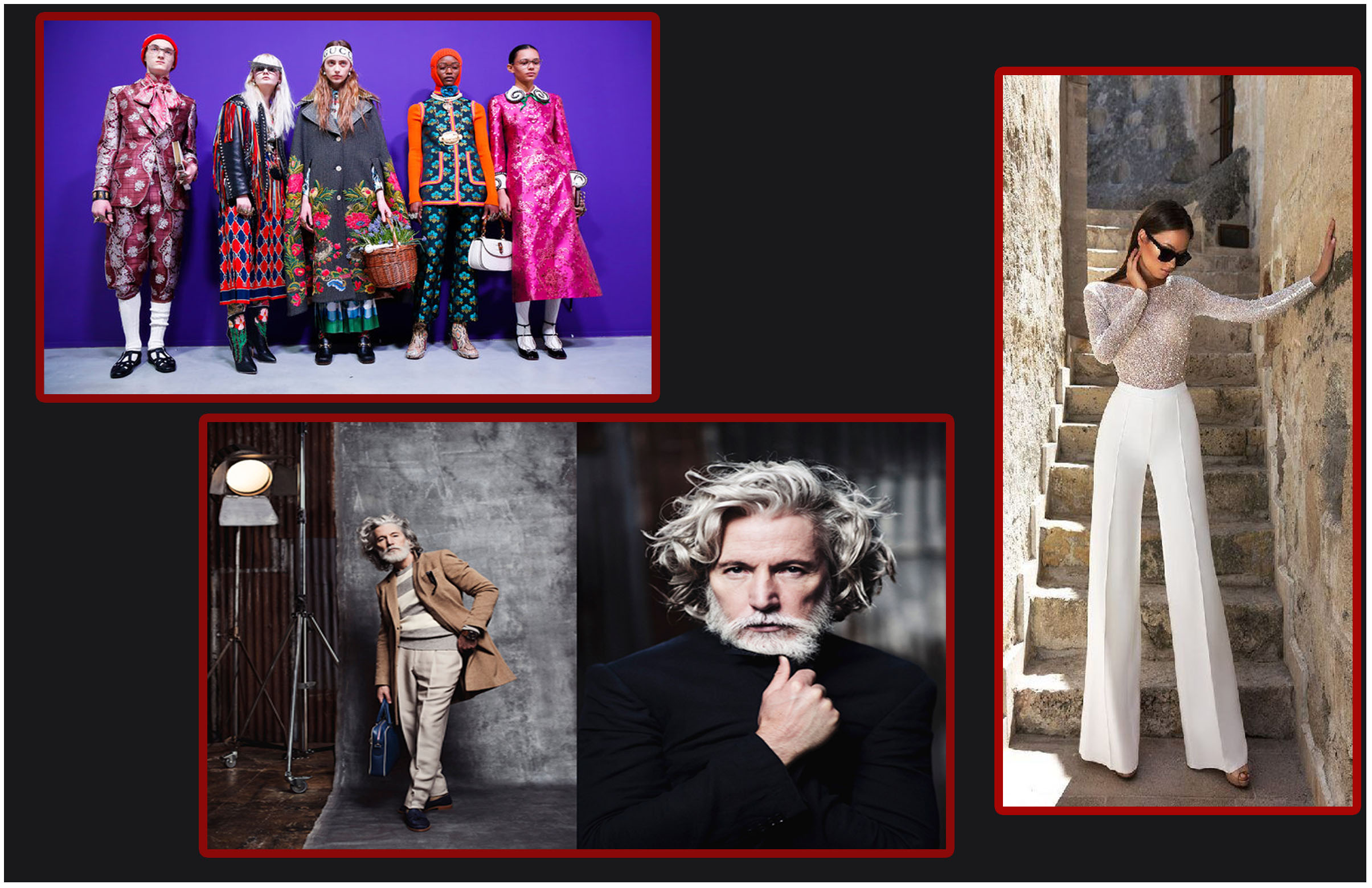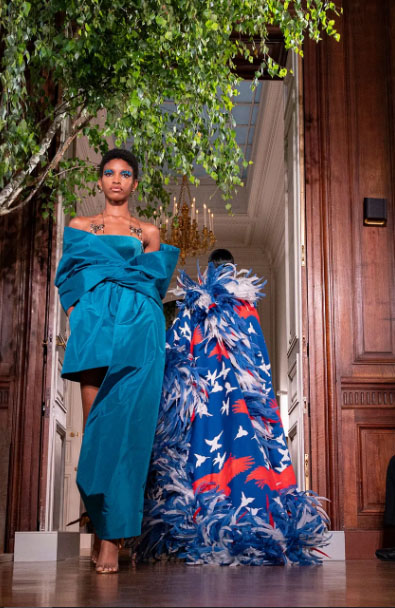
bonyadi magazine
A great fashion show is truly unforgettable. Months of preparation and anticipation culminate in a crescendo of theatricality and glamour that lasts just a few minutes but sets the tone for the new season and ignites the fashion mechanics of desire, imagery and aspiration. Fashion shows can elicit tears of joy (as seen at Valentino’s most recent couture spectacle) or ignite a wider cultural conversation about sex, gender and politics (Alexander McQueen’s shows always hit a cultural nerve). But for decades these shows have been reserved for industry professionals and VIPs, fiercely guarded by clipboard-wielding publicists and a phalanx of security guards. Until now, that is. Read more: How Will Brexit Affect The Fashion Industry?Last week the British Fashion Council announced that tickets for a selection of shows at London Fashion Week will go on sale to the public, with prices starting at £135 and going up to £245 for front row tickets. It’s the first of the “Big Four” fashion weeks to make the move. The participating designers are yet to be confirmed, but the tickets also include access to installations, panel discussions and the DiscoveryLAB, “an experiential space where fashion meets art, technology and music”. The news comes as brands are becoming ever more public-facing – whether it’s offering in-store experiences with designers, bespoke personalisation or speaking directly to customers via social media – and fashion exhibitions at museums are breaking records
www.vogue.co.uk/article/london-fashion-week-shows-open-to-public
Fashion shows, however, still remain the most visceral experience of the medium. Over time, the purpose of them has evolved from vehicles for stores to place orders and press to orchestrate publicity to monolithic marketing spectacles, designed to communicate brand identity and showcase famous ambassadors. Celebrities now sit alongside influential editors, department store merchants, corporate sponsors, influencers and tech tycoons. The sets vary from nondescript white rooms and derelict factories to the far more extravagant: private beaches in Malibu, exotic palaces or the gilded Louis XV salons of Paris
One thing is certain: despite them being live-streamed into the digital stratosphere and Instagrammed by every member of the audience, nothing quite compares to being there in person. Hence why there’s such a piqued interest in attending

How have fashion shows evolved over the last decade
In the last decade, fashion has morphed into an entertainment industry and as a result fashion shows are more akin to music concerts or sporting events than ever before. In 2016, Kanye West staged a fashion-meets-music Yeezy show at Madison Square Garden in New York, with over 20,000 people in the audience and 12,000 models. Tickets went on sale to the public and alongside his third Yeezy collection, West also debuted his new album
In June 2018, West’s protégée Virgil Abloh invited thousands of art students to his debut Louis Vuitton menswear show. Prior to that, in 2016, he posted the invitation to his Off-White show on his Instagram account: “The address and time are here for all the kids to come,” he wrote. Except many of them were denied entry due to capacity limitations. Samuel Ross of A-Cold-Wall also opened up his show to the public, allowing them to register on the label’s website for tickets in the hope of welcoming young people who are usually shut out of the industry.Read more: Everything You Need To Know About The Inner Workings Of Haute Couture
In May, a new fashion and art festival, Reference Berlin, held in an abandoned car park in the German capital, opened to the public. It brought together fashion names such as Martine Rose, Comme des Garçons, Alyx and Michel Gaubert with the likes of curator Hans Ulrich Obrist and Big Love Records founder Haruka Hirata. Some 2,300 people attended after applying for admission-free accreditation. “It was a great opportunity to decontextualise what [fashion brands] do, and for them to come up with something that has a different space – to talk about a vision and experiment,” says Mumi Haiti, the founding CEO of Reference, who encouraged designers to collaborate with artists on installations, panel discussions, video projects and live experiences. “Everyone who dared to participate, the feedback was amazing,” adds Tim Neugebauer, the festival’s head of communications. “Taking away the privilege contributed to creative content because it had to be more creative to make people come back










